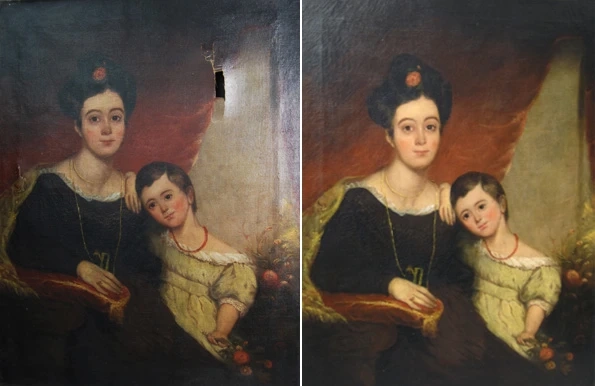Of all careers in the creative fields, that of an accredited art restorer is arguably one of the most challenging – but equally, among the most rewarding. Training as an art restorer is a long road, and finding an employer may not be easy. Once you are fully qualified and have successfully built a reputation, however, maintaining masterpieces for future generations to enjoy is undoubtedly appealing.
Nobody should consider a career as an online accredited art restorer with a genuine, all-consuming passion for art. This is not a job where anybody can coast and kill time waiting for something more interesting. It's an all-or-nothing arrangement, where employment status and lifestyle become intrinsically linked.
There are other personality traits that any accredited art restorer will need. First among these is an eye for detail that would put a hawk to shame. If you hope to restore art, you'll need to be able to identify and replicate the minutest of details. You'll also need a remarkably steady hand and nimble fingers. Art restoration can be fiddly work, and even the most minor of slips can have significant – and costly – repercussions.
If you feel your passion for art is balanced by the relevant physical and mental attributes, you can begin studying to become an accredited art restorer. The first step will typically be a degree in the Natural Sciences, Fine Art, or the History of Art. In theory, you can become an accredited art restorer with any background, but most employers will look for somebody with a postgrad education. The following British universities offer such a diploma.
The Courtauld Institute of ArtHamilton Kerr InstituteNorthumbria UniversityOpportunities to enrol in these courses are limited as they offer just a handful of seats each year, and competition can be fierce. That's why it's advisable to initially study a degree that is considered relevant. Alongside further education, it's also advisable to seek internships and to watch existing accredited art restorers at work. This hands-on experience will make you increasingly appealing to potential employers.
The question is, who are these employers? Where would an accredited art restorer find work, and is this a career with a traditional stepladder to success?
The most conventional avenues for employment as an accredited art restorer are museums and galleries, which will naturally always need skilled hands to maintain the condition of their art. The average salary for such an endeavour is between £26-32,000 PA, but this can be topped up by taking on private commissions and clients. Just ensure you have an elaborate indemnity insurance policy in place before agreeing to any such work!
The field of art restoration is comparatively flat, so it's unlikely that you'll earn considerably more over your career – unless you take in a role at a particularly large employer. However, an accredited art restorer will also have the opportunity to travel with work, potentially taking on roles with some of the most celebrated and renowned museums and galleries across the globe. There can be no finer vocation for a genuine lover of art, nor one more critical.


